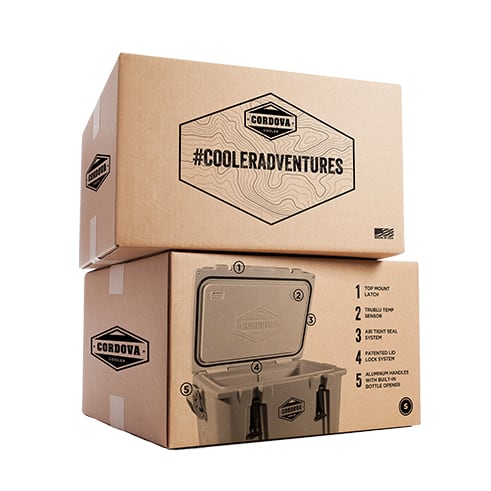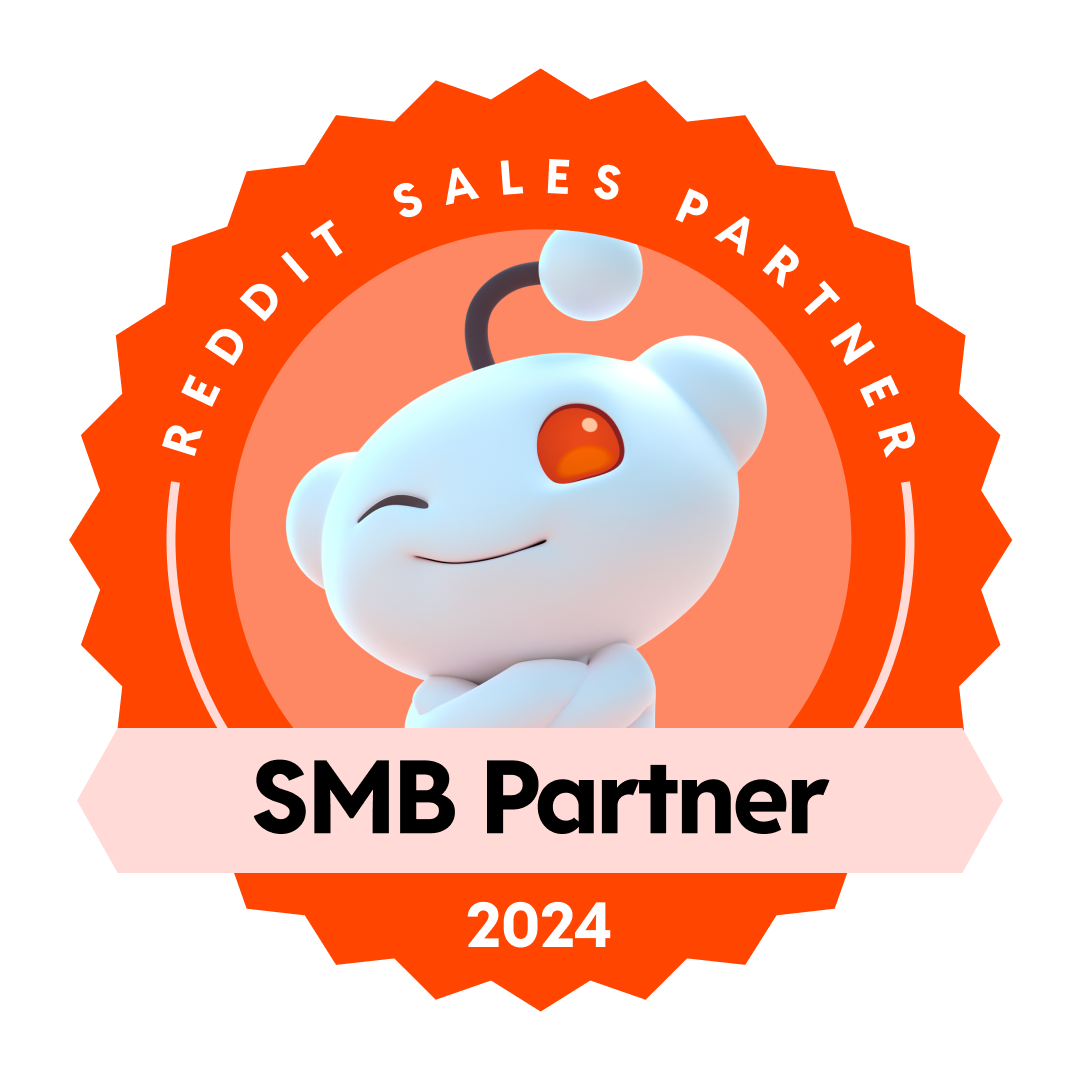Having the right marketing partner can make all the difference. At Commit Agency, we’re not just service providers—we’re your dedicated partners in achieving marketing success.
Here are ten reasons why Commit Agency should be your go-to marketing partner.
All-Inclusive Digital Marketing Strategies
Our digital marketing services cover everything from SEO and PPC to email marketing and online ads. We create tailored, data-driven strategies to meet your business needs and ensure maximum ROI. With Commit, you get a full suite of digital solutions designed to boost your brand online.
Creative Solutions That Stand Out
Creativity is our forte. Our talented team of designers and creative minds work together to produce stunning visuals and engaging content that grabs attention. From eye-catching graphics to memorable ads, we help your brand make a statement.
Expert Branding
A strong brand is the cornerstone of a successful business. Our branding experts dig deep to uncover your brand’s core values and identity. We then craft a cohesive brand strategy that resonates with your audience and ensures consistency across all platforms.
Social Media Management That Works
In today’s social media-driven world, having a strong presence on platforms like Facebook, Instagram, Twitter, and LinkedIn is crucial. Our social media specialists create and implement strategies that drive engagement, increase followers, and boost brand awareness. We manage your accounts with a focus on building genuine connections with your audience.
Strategic Public Relations
PR is more than just press releases; it’s about building and maintaining a positive image for your brand. Our PR team works hard to create and nurture relationships with key media outlets, influencers, and stakeholders. We help you navigate the complex PR landscape to keep your brand in the spotlight for all the right reasons.
Engaging Content Creation
Content is king, and we know how to create content that informs, inspires, and engages your audience. From blog posts and articles to videos and infographics, our content creators produce top-notch materials that tell your brand’s story and drive traffic to your site.
Data-Driven Insights
We’re all about the data. Our team uses advanced analytics tools to track and measure the performance of your marketing campaigns. We provide detailed insights and reports, helping you make informed decisions and optimize your strategies for better results.
Personalized Client Approach
We don’t do one-size-fits-all solutions. We take the time to understand your business, your goals, and your challenges. This personalized approach allows us to develop customized marketing strategies that align with your specific needs and objectives.
Proven Track Record
With years of experience and a portfolio of successful campaigns, Commit Agency has a proven track record of helping businesses reach their marketing goals. From small startups to large corporations, we consistently deliver results that exceed expectations.
Dedicated and Passionate Team
Our team is made up of dedicated and passionate professionals committed to your success. We work collaboratively to ensure every aspect of your marketing strategy is executed flawlessly. When you partner with Commit, you get a team that’s as invested in your success as you are.
Choosing the right marketing partner is crucial for your business. At Commit Agency, we offer a wide range of services to meet all your marketing needs. From digital marketing and creative solutions to branding, social media management, public relations, and content creation, we have the expertise and experience to help your business thrive.
Ready to take your marketing to the next level? Partner with Commit Agency, and let’s achieve greatness together. Visit us at commitagency.com/services to learn more.




























